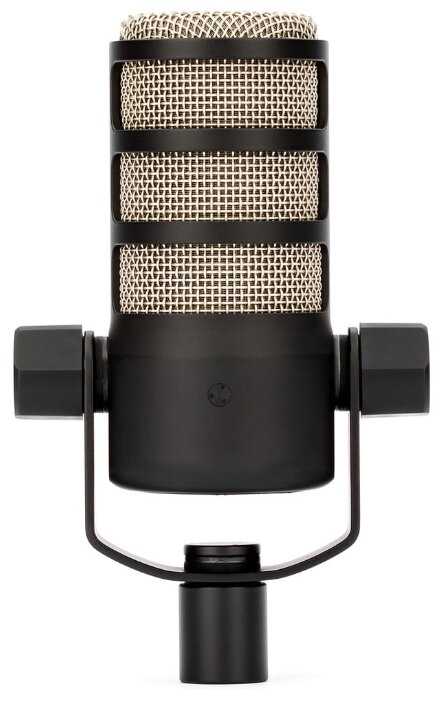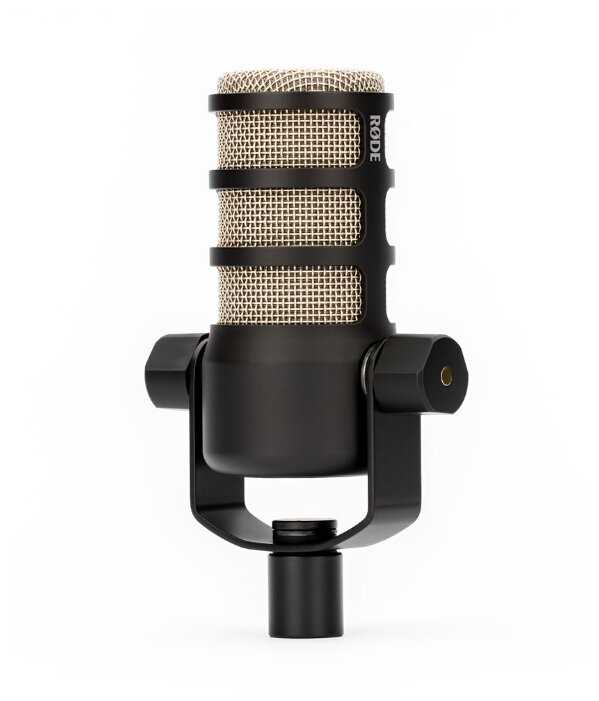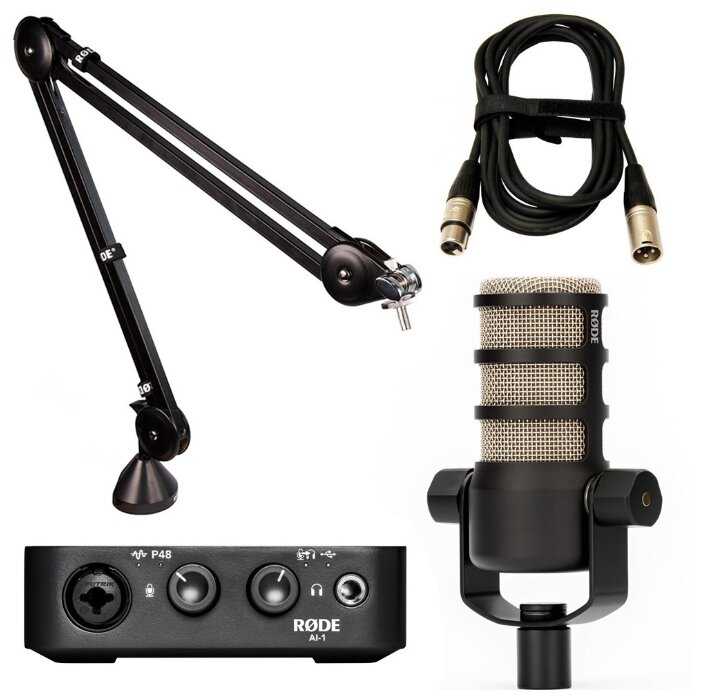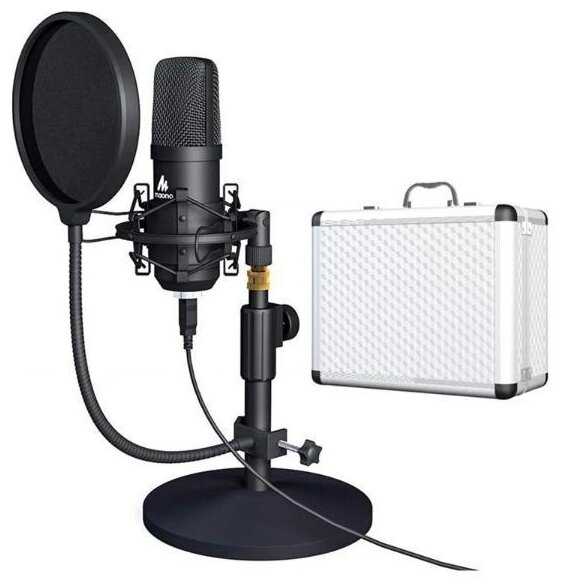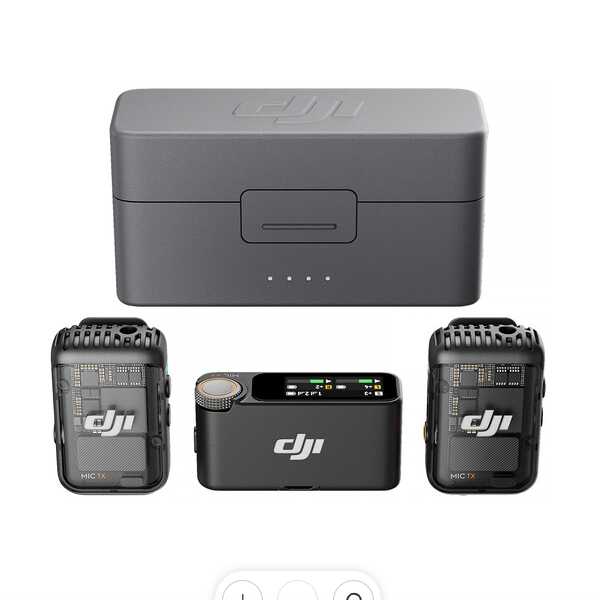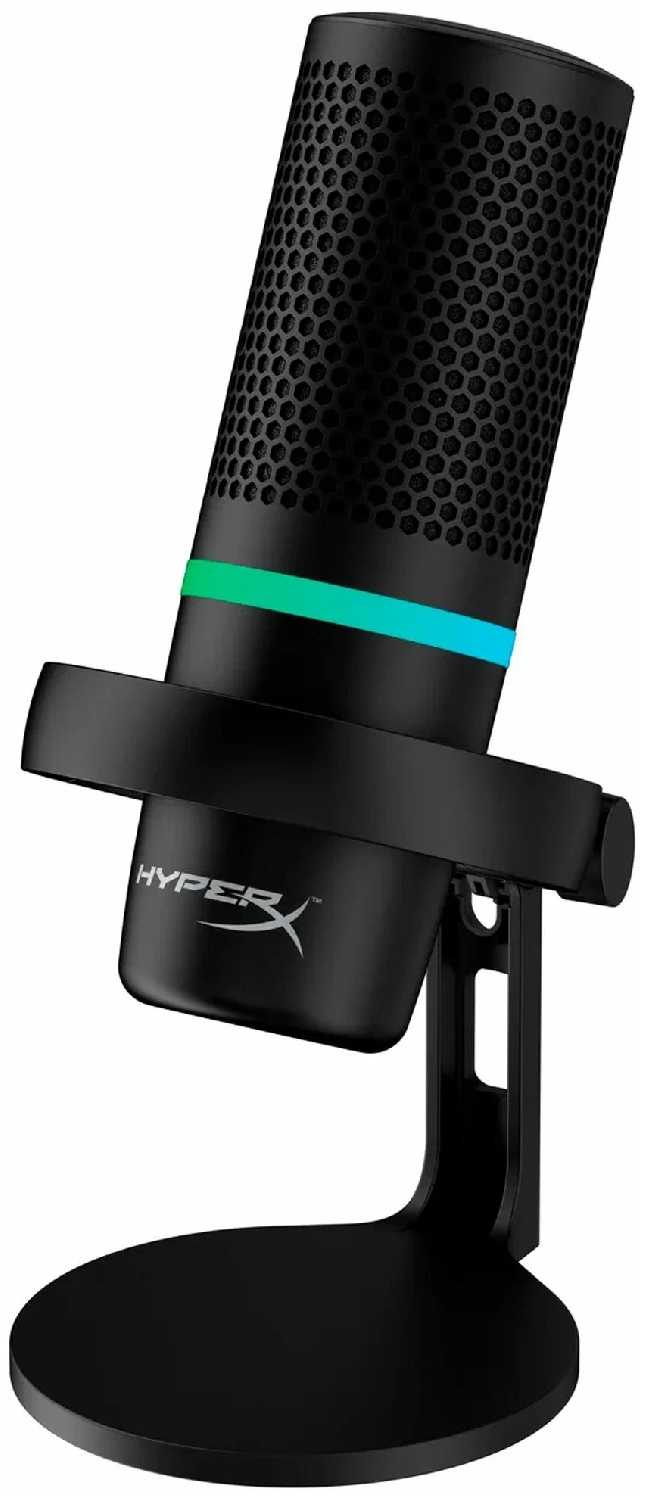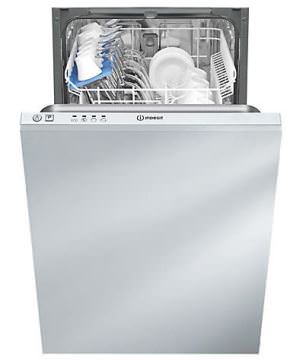Отзывы о Микрофон Rode PodMic
209 отзывов пользователей o RODE PodMic
Пользовались
RODE PodMic?
Поделитесь своим опытом и помогите другим сделать правильный выбор
- + Хороший звук, отсутствие собственных шумов, кардиоидная направленность (не собирает шумы из окружения). Качественные материалы и хорошее качество сборки.
- - не нашел недостатков
Так же при выборе пантографа стоит учитывать серьезный вес микрофона - 940 грамм.
- + Хороший микрофон для записи звука в необорудованном помещении.
- - В комплекте идёт только микрофон. Пантограф или какую - либо подставку нужно будет приобрести отдельно. Периферию для подключения к звуковой карте тоже нужно покупать отдельно.
Микрофон использую в комплекте со звуковой картой - Focusrite scarlett solo 3rd gen. В качестве предусилителя - sE se Electronics DM2 TNT.
- + Качество звука, поп фильтр, крепление на стойке
- - Он без усилителя, обычной звуковой карты не хватает. Нет кабеля в комплекте, не смотря на то, что он есть на картинке
- + Тяжелый, качественный, отличный звук, эстетически красивый микро.
- - нет
- + Качество сборки, материалов, качество звука
- + Стильный и качественный
- - Тяжелый)) но все равно классный
- + Качество сборки.Звук
- - Нет
- + Лучший вариант из среднего ценового сегмента
- - Не выявлено
- +
Качество исполнения, продуманный механизм. Два варианта крепления к столу в комплекте (втулка под отверстие в столешнице и традиционная струбцина). Кстати, о втулке никто нигде не писал почему-то. Ну и переходник под другую резьбу микрофона. Высоты конструкции хватает чтобы микрофон был выше монитора, то есть его можно через монитор перегнуть. Мониторы у меня 32 и 27 дюймов.
- -
Цена - конская. Но вариантов не завезли.
Покупкой доволен, поставил и забыл. Брал под микрофон RODE NT-USB USB. Кстати, его цена всего лишь на треть дороже чем стойка. ))
Что еще порадовала - яндекс доставка. Привезли в течении часа, все культурно. За сервис доставки оплата отдельно.
Более года использования с микрофоном HyperX QuadCast и на столах разного размера, никаких проблем.
- + Очень удобный и компактный.
- - тяжелый
- +
Держит очень тяжелые микрофоны, больше чем заявлено в описании товара
- -
Не выявил
Под новый микро нужна была новая стойка, посмотрел кучи обзоров остановил свой выбор на этой модели. Держит отлично, претензий нет, рекомендую к покупке
- +
качественный, удобный
- -
не нашел
после нескольких китайских пантографов, которые разваливались через пару месяцев, этот просто великолепен
- + Звук стал чище! Голос стал круто звучать!
- - нету
- +
Безумно удобен.
- -
Довольно скоро начал чутка скрипеть, надо подсмазать
- + Микрофон упакован добротно, весит прилично. Выглядит красиво.
- - На одном из фото есть подставка, звуковая карта и шнур, но по факту приходит только микрофон и это может сбить с толку.
- +
Не нашёл!
- -
Люфт куда встаёт стойка, качество сборки вообще ужас. Не продумано ничего. Болтается во все стороны! Ютуберы не один про это не сказал (
Стойка для тех кто любит китайское качество. Она стойка на столько не продумана, что я разочаровался вообще в этой фирме! Не рекомендую тратить деньги на такое качество. Не верте ютуберам которые это делают за деньги их узнать очень легко. Они говорят больше плюсов, а минусы у них незначительные.
- +
Очень надёжная конструкция, за это время никак не разболталась, не начала скрипеть или как-то ещё демонстрировать износ. Хотя довольно часто двигаю стойку в течении рабочего дня и держит она совсем не лёгкий микрофон.
- -
Не обнаружил.
- +
Бомба держит уверенно не люфтит.
- -
Цена стоил бы тысяч 5 было норм а лучше 3т
В первый раз покупаю и боялся что может что то будет не так но нет все идеально работает не скрипит не люфтит.
- + Отличное качество звука, прекрасный внешний вид
Практически для...
- +
После китайского пантографа - небо и земля
- -
Нет
Лёгкие микрофоны невозможно фиксировать в самом низком положении.
- + Красивый) звук отменный, отличный встроенный поп фильтр
- - Ну разве что тяжелый, нужен нормальный пантограф. И звуковуха нужна с хорошим усилением.
- + Просто очень круто
- - —
- + Подвес встроен в корпус
Хороший диапазон
Встроенная ветрозащита
Не требует фантомного питания
Цена - - Не для всех аудиоинтерфейсов (см комментарий)
Встроенная ветрозащита...


